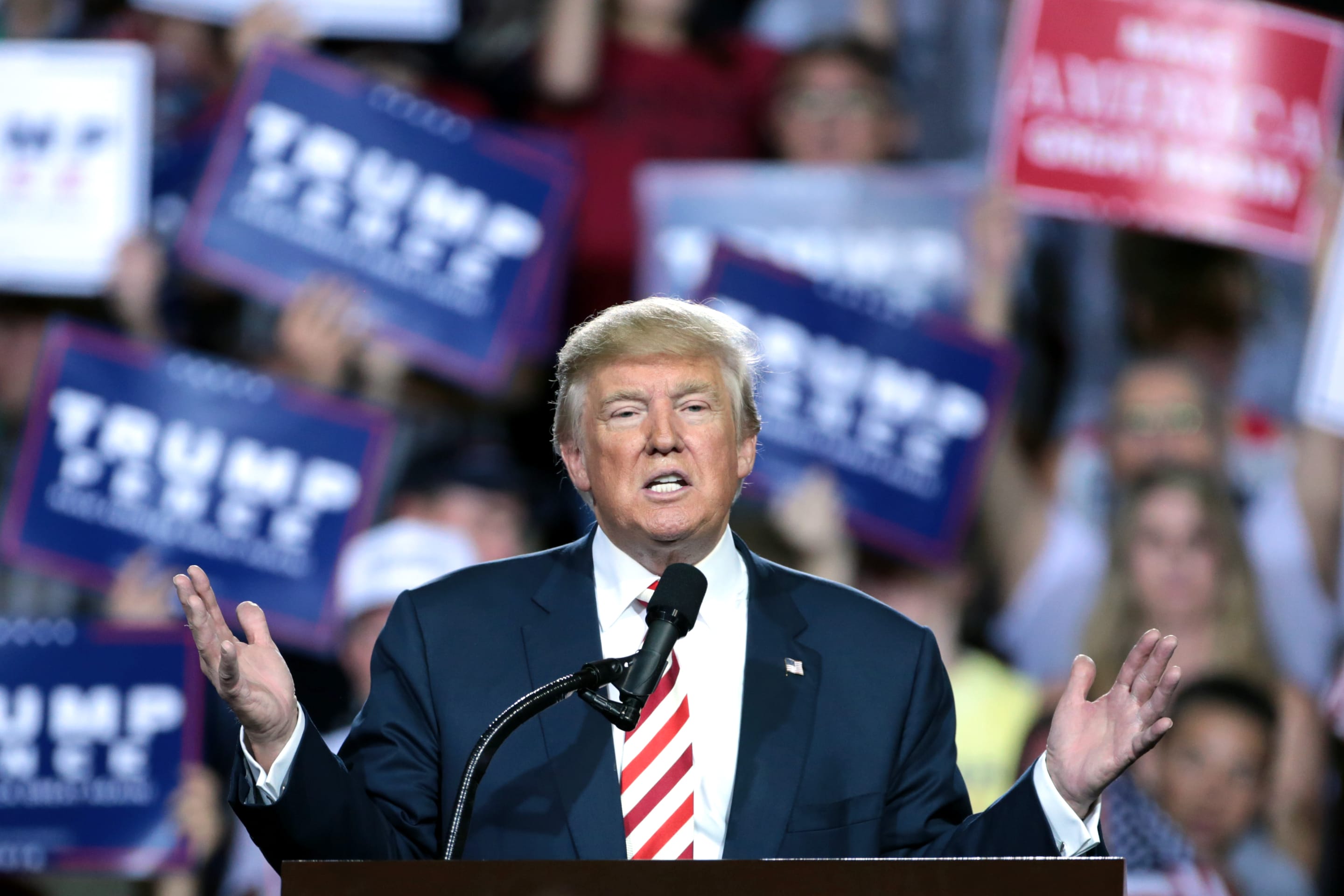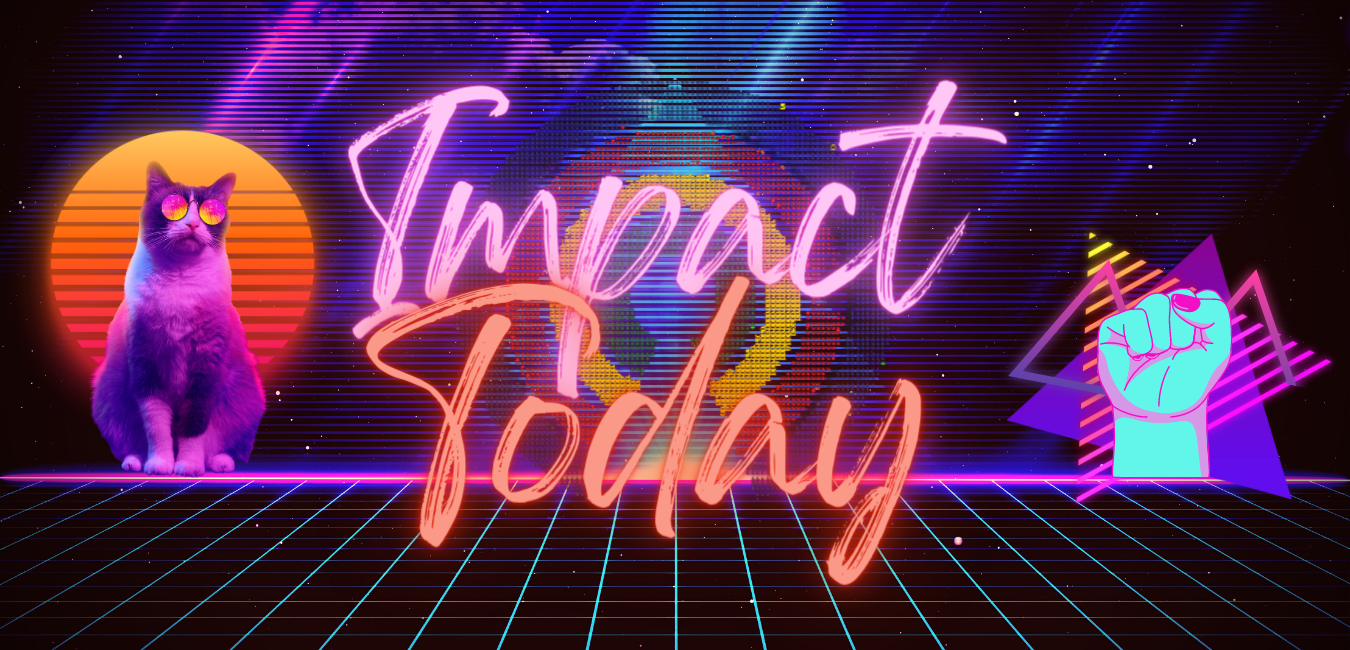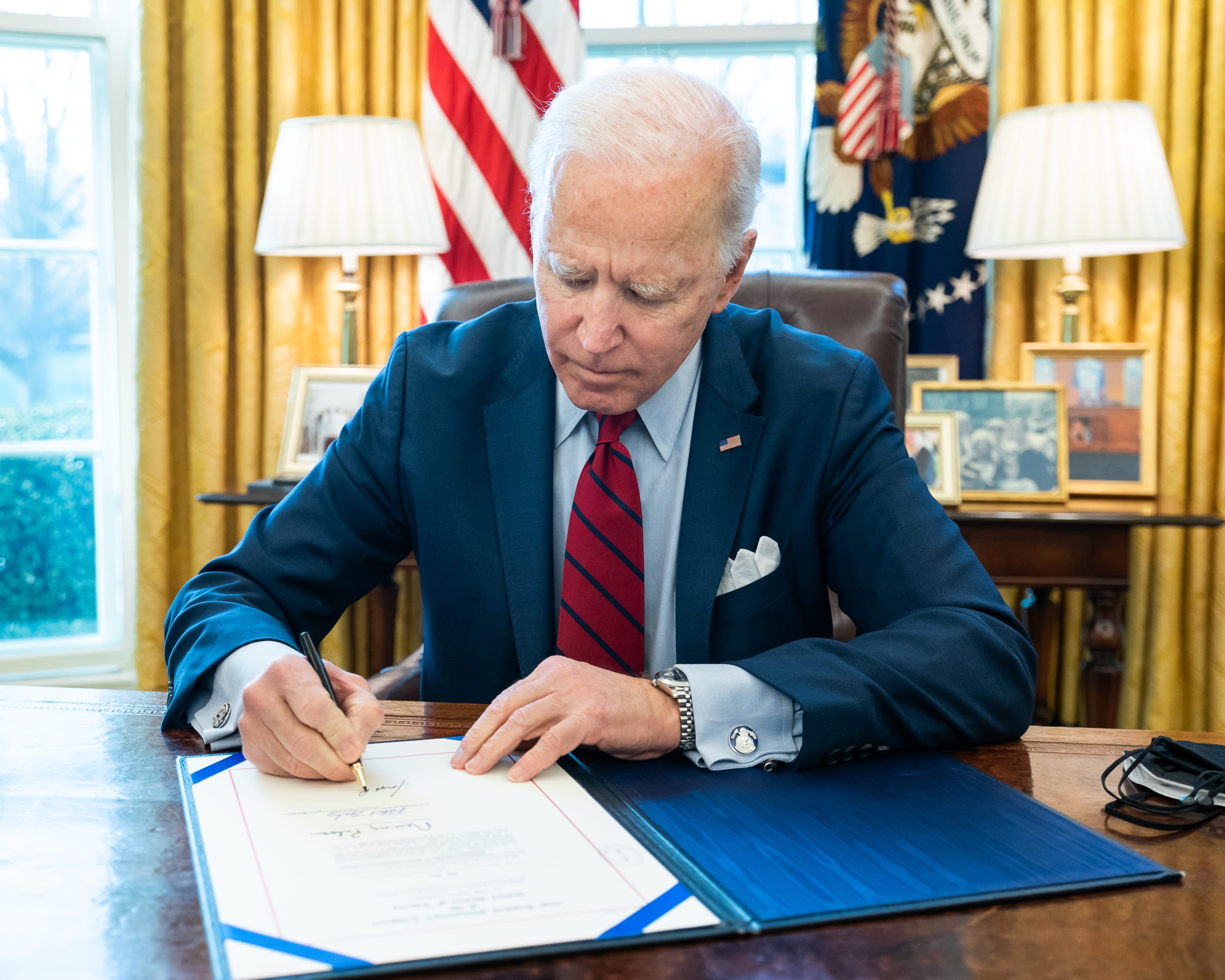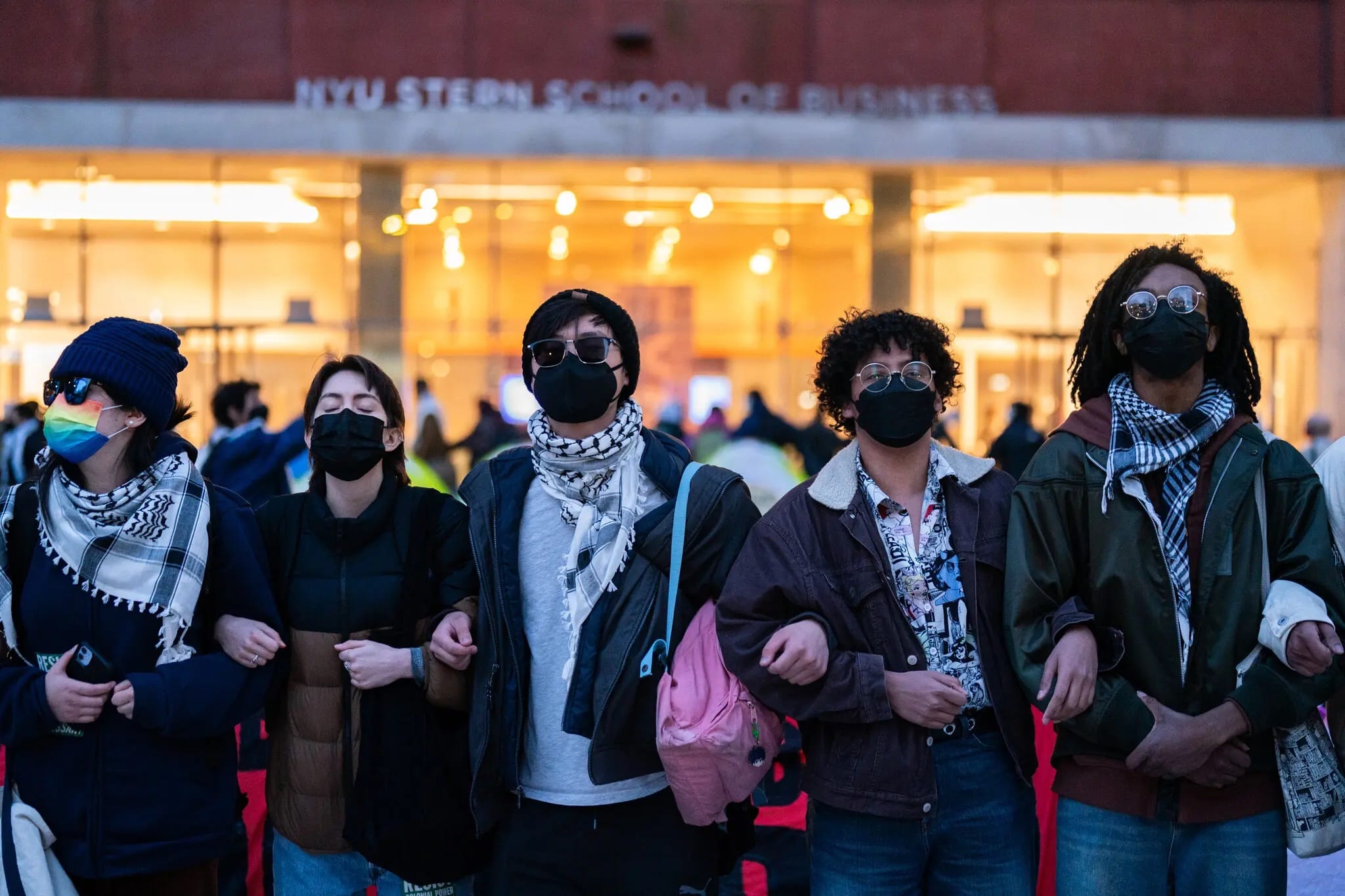
Should Federal Agencies be Prohibited From Spending Money on Mascots & Swag? (S. 2722)
Do you support or oppose this bill?
What is S. 2722?
(Updated February 8, 2022)
This bill — the Stop Wasteful Advertising by the Government (SWAG) Act — would end the use of taxpayer funds for “mascots” and swag to promote government agencies and programs. It would also require the disclosure of all propaganda paid for by the public.
This bill would specifically:
-
Prohibit the federal government from spending money to create a “mascot” to promote an agency, program, or agenda, unless such a character is explicitly authorized by statute — like “Smokey Bear” or “Woodsy Owl.”
-
Permanently prohibit public relations and advertising for purely propaganda purposes, allowing exceptions for military recruitment and other specific functions that are authorized by statute.
-
Require agencies to publicly disclose spending on public relations and advertising.
- Prohibit the purchase and distribution of “swag” — merchandise such as buttons, coloring books, fidget spinners, keychains, koozies, or stickers, for example — by federal agencies, unless explicitly authorized by statute, like medals awarded for sacrifice or meritorious service.
Certain popular mascots, such as Smokey Bear (“Only you can prevent forest fires!”) and Woodsy Owl (“Give a hoot, don’t pollute!”) would be spared by this bill.
Argument in favor
The federal government’s spending on poorly-recognized mascots and freebies (such as keychains, totes, and fidget spinners) for federal agencies serves no real purpose and doesn’t advance the missions of the agencies in question. While it isn’t a major part of the overall federal budget or deficit, it’s still taxpayer money that should be spent responsibly. Congress’s oversight function makes lawmakers responsible for ensuring that federal funds are spent responsibility at all times, even when the spending in question is a relatively small amount of money.
Argument opposed
The money that the federal government spends on swag and mascots works out to less than 0.002 cents per American taxpayer — effectively zero. If Congress wants to get serious about runaway federal spending, it needs to cut entitlements or tax giveaways to the rich, both of which represent far more money than federal agencies’ spending on mascots and swag. Moreover, this bill fundamentally misunderstands the important role swag can have in putting issues and federal agencies at the forefront of people’s minds to raise awareness.
Impact
Federal agencies; federal agency mascots; federal agency swag; and federal agency spending on mascots and swag.
Cost of S. 2722
A CBO cost estimate is unavailable.
Additional Info
“As an Iowa State Cyclone fan, I’ll be the first to say that mascots can be fun. But there is no justification for spending a quarter of a million dollars in taxpayer money on mascots and millions more on swag. These costs come at the expense of real national priorities. The $1.4 billion spent on government PR and advertising every year, for example, is twice the amount dedicated to breast cancer research. It’s time to bag the swag.”
In other comments, Sen. Ernst argues that federal spending on swag and mascots is "not really serving the interest of the taxpayers.” She says the federal government has no business spending money on things like mascots, “drink koozies and Snuggies, if you can believe it.” She adds, “We don’t need the Green Reaper. We don’t need to be spending upwards of $605,000 on coloring books, you know; this is not what we should be spending on as a federal government.”
The Heritage Foundation’s Joel Griffith says that federal spending on mascots and swag is “a drop in the bucket.” However, he also says it’s illustrative of the overall “enormity” of the runaway federal budget and that there are people who benefit from federal spending on swag.
Executives in the ad specialty space have criticized this legislation, saying that the proposed ban on swag spending reflects a fundamental misunderstanding of the value that promotional products bring in helping private and public entities cost-effectively achieve important objectives. Timothy M. Andrews, President and CEO of the Advertising Speciality Institute (ASI), a U.S.-based organization and technology provider that serves a network of 23,500 suppliers, distributors and decorators of logoed promotional products in 55 countries, says:
“Promotional products are a cost-effective way to communicate, build momentum, guide behaviors and educate people about services and opportunities offered by government agencies at all levels.”
Kevin McHargue, a partner at PromoPlacement, a recruitment firm that serves the promotional products industry, argues that promotional products are an effective medium for government that “work[s] to carry a wide range of messages directly to the target market. From controlling drug use to educating seniors on benefits to commemorating a visit to an historical location, promotional products put the message in target recipients’ hands.”
Paul Bellantone, President and CEO of Promotional Products Association International (PPAI), an association serving more than 15,500 corporate members of the promotional products industry, adds, “It would be counterproductive for Congress to pass a bill that would eliminate any opportunity for the government to use promotional products in a powerful and effective manner.” Melissa Ralston, chief marketing officer at BIC Graphic North America, adds:
“Specifically calling out promos as a way to cut spending doesn’t make sense when there are more costly and less effective advertising mediums that could also be considered. That’s especially so when you consider the power that promotional items have in connecting people to a memorable experience or message, and the 500,000 jobs our industry supports.”
The Week’s Kathryn Krawczyk points out that the spending this bill targets represents a mere .002 cents per American taxpayer. She adds, “Overall, the federal government spent a total of $250,000 on the mascots last year. The Tax Cuts & Jobs Act of 2017, which Ernst voted to enact, is meanwhile expected to cost at least $1.5 trillion.”
Similarly, The Federalist writer Tristan Justice argues that Congress needs to get serious about tackling entitlements, not swag, if it wants to make a dent in the U.S. debt crisis:
“While reducing reckless spending might slightly help the nation’s finances, Congress must address entitlements if it hopes to fend off the inevitable crisis facing the country saddled with nearly a $23 trillion national debt and many multiple times that number in unfunded liabilities… In the 2019 fiscal year, the federal government surpassed the $1 trillion-dollar spending mark on the Social Security program this year with a 5.7 percent increase from 2018. The Medicare program saw a 10.6 percent hike from $589 billion spent on the program in 2018 to $651 billion spent in 2019. Ernst’s proposed cuts would be a drop in the bucket compared to the cuts needed to truly balance the federal budget.”
This legislation has two Republican cosponsors.
Of Note: In 2016, the Government Accountability Office (GAO) reported that the federal government spends about $1 billion on advertising and public relations contracts. According to Sen. Ernst’s office, that includes over $250,000 spent on the construction of custom-made costumes for “mascots,” such as The Green Reaper (which the Dept. of Energy uses in school visits to encourage elementary school children to conserve energy), Brite the Light Bulb (which the Dept. of Defense’s U.S. Navy Installation Command’s Shore Energy program uses to promote energy conservation), and Franklin the Fair Housing Fox (which the Dept. of Housing and Urban Development’s Office of Fair Housing and Equal Opportunity says the office hopes “will lead to greater housing opportunities for all”).
Sen. Ernst’s office reports that government agencies have also spent:
-
$605,000 on coloring books;
-
$60,000 on key chains;
-
$33,000 on snuggies;
-
$17,000 on koozies; and
- $16,000 on fidget spinners.
Additionally, federal agencies have used federal dollars to buy fake Facebook fans (the State Dept. paid $630,000 for two Facebook campaigns to increase the number of fans of its English Facebook pages from about 100,000 to more than two million per page) and to send social media influencers to the filming sites of popular U.S. television shows in an effort to promote American values.
Media:
-
Sponsoring Sen. Joni Ernst (R-IA) Press Release
-
The Week (Critical)
-
The Federalist (Critical)
-
Advertising Speciality Institute (Opposed)
-
LocalSYR.com
-
Breitbart
-
Sponsoring Sen. Joni Ernst (R-IA) - Custom-Made Costumes at Federal Agencies Fact Sheet (Context)
-
Government Accountability Office (GAO) (Context)
Summary by Lorelei Yang
(Photo Credit: U.S. Dept. of Agriculture via Flickr / Creative Commons)The Latest
-
 SCOTUS Hears Trump Immunity Case, Appearing SkepticalUpdated Apr. 26, 2024, 11:00 a.m. EST The Supreme Court heard oral arguments today over whether Trump is immune from prosecution read more... States
SCOTUS Hears Trump Immunity Case, Appearing SkepticalUpdated Apr. 26, 2024, 11:00 a.m. EST The Supreme Court heard oral arguments today over whether Trump is immune from prosecution read more... States -
 IT: 🖋️ Biden signs a bill approving military aid and creating hurdles TikTok, and... Should the U.S. call for a ceasefire?Welcome to Thursday, April 25th, readers near and far... Biden signed a bill that approved aid for Ukraine, Israel, and Taiwan, read more...
IT: 🖋️ Biden signs a bill approving military aid and creating hurdles TikTok, and... Should the U.S. call for a ceasefire?Welcome to Thursday, April 25th, readers near and far... Biden signed a bill that approved aid for Ukraine, Israel, and Taiwan, read more... -
 Biden Signs Ukraine, Israel, Taiwan Aid, and TikTok BillWhat’s the story? President Joe Biden signed a bill that approved aid for Ukraine, Israel, and Taiwan, which could lead to a ban read more... Taiwan
Biden Signs Ukraine, Israel, Taiwan Aid, and TikTok BillWhat’s the story? President Joe Biden signed a bill that approved aid for Ukraine, Israel, and Taiwan, which could lead to a ban read more... Taiwan -
 Protests Grow Nationwide as Students Demand Divestment From IsraelUpdated Apr. 23, 2024, 11:00 a.m. EST Protests are growing on college campuses across the country, inspired by the read more... Advocacy
Protests Grow Nationwide as Students Demand Divestment From IsraelUpdated Apr. 23, 2024, 11:00 a.m. EST Protests are growing on college campuses across the country, inspired by the read more... Advocacy
 Climate & Consumption
Climate & Consumption
 Health & Hunger
Health & Hunger
 Politics & Policy
Politics & Policy
 Safety & Security
Safety & Security
